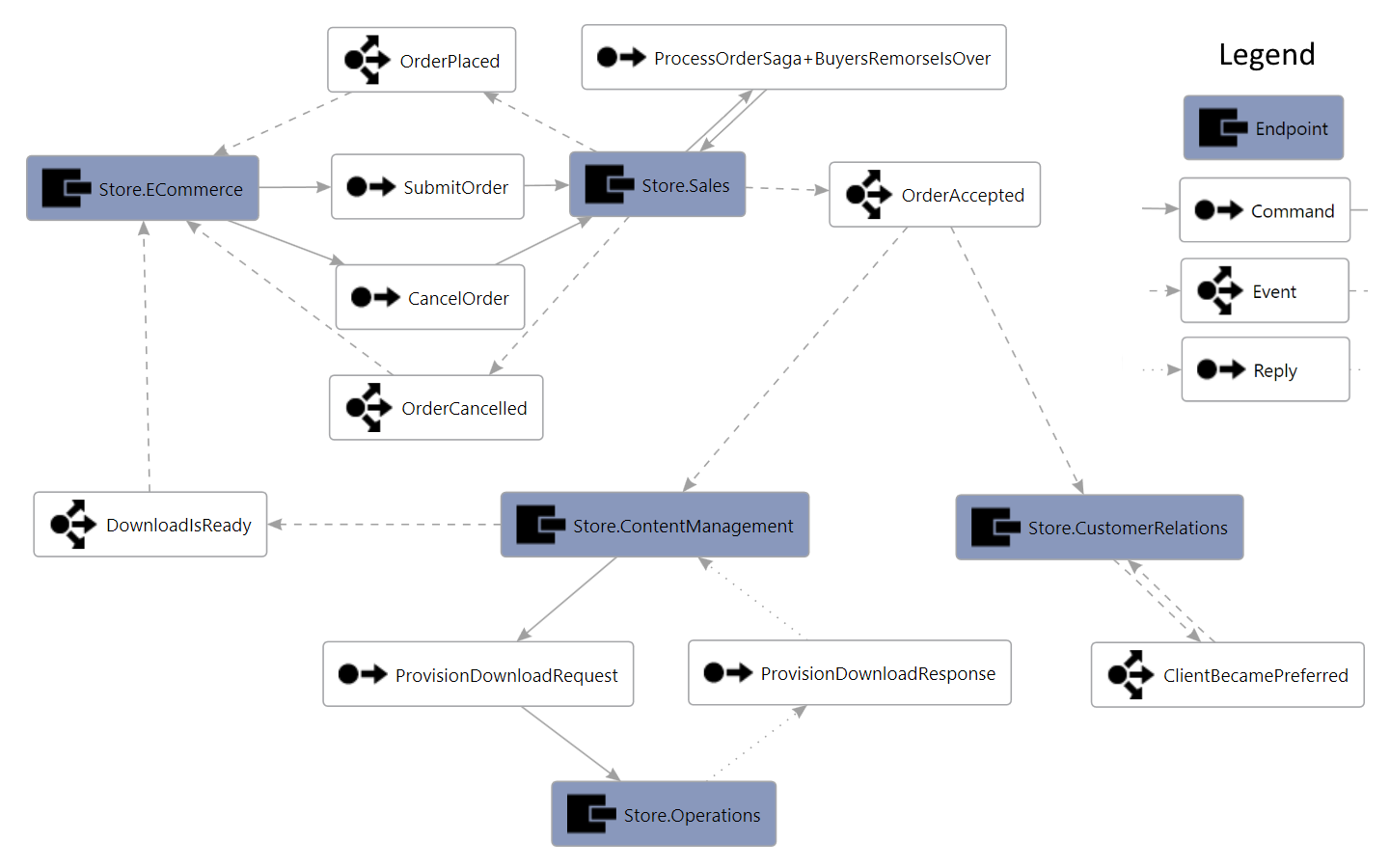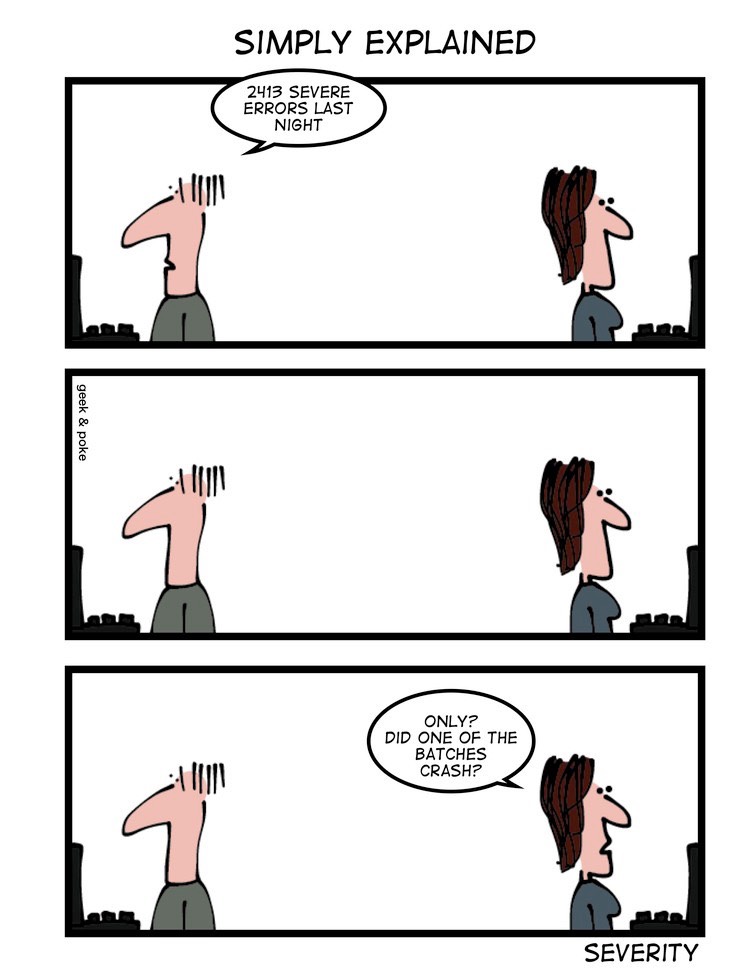It's a Trap! The Two Generals' Problem

In distributed systems, coordination is hard—really hard—especially when both parties depend on mutual confirmation to proceed, but there’s no guarantee their messages will arrive. This classic dilemma is known as the Two Generals’ Problem. Like most problems in computer science, it’s easier to understand when explained with lasers, spaceships, and sarcastic smugglers.
Let’s set the stage: It’s Return of the Jedi and the second Death Star looms large over the forest moon of Endor. The Rebel Alliance’s plan hinges on a synchronized attack — Han Solo leads the ground team to destroy the shield generator, while Lando Calrissian leads the space fleet to attack the Death Star itself.
For the mission to succeed, both parties must execute their part of the plan. If either side decides to abort, the other must as well, or it will be a disaster.
And here’s the twist: Han and Lando can only communicate through spotty, insecure rebel comms. Sound familiar?
Read more
























